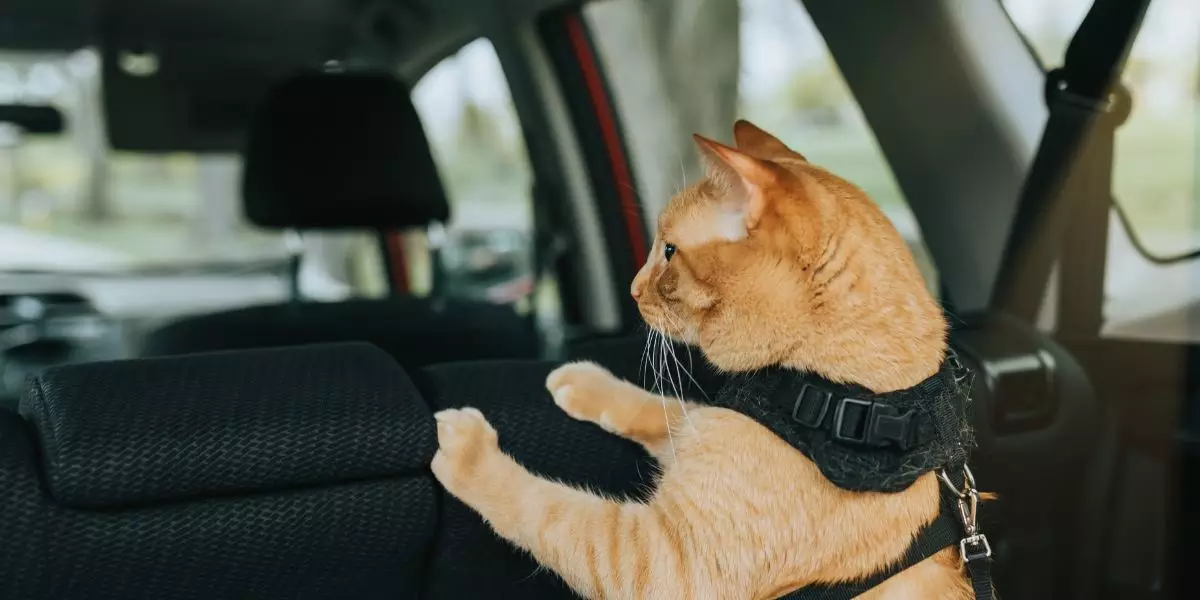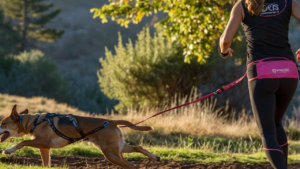Transportation sickness is a recurring problem in both humans and animals. If this complication is not dangerous, it remains an important source of discomfort.
Any movement can trigger an animal's stress, of ill-being. The first time is often the worst and it is for this reason that they have to get used to the car, the train, the plane... animals know fear, but they do not know how to dominate it. It is therefore up to us to reassure them, to make them understand that they have nothing to fear. Some animals may be embarrassed all their life, but you can help them.
In this article, we will see what causes this evil of transport, symptoms training and Average you can put in place to relieve your pet and prevent this problem.
What's wrong with transportation?
Dogs as well as cats can have transportation problems. This problem, which is more frequent than is thought, affects kittens and puppies more, causing vomiting, agitation and a multitude of other unpleasant disorders both for the animal and the driver. Two recurring factors can be the cause: a problem ofinner ear or stress.
Internal ear
In addition to allowing hearing, the inner ear is responsible for maintaining balance through the vestibular system. The latter is responsible for providing the brain with information on the position and movements of the body in space.
The problem, when we're in the car, is that our environment, in this case the car, is fixed, but our body is still in motion. The brain therefore receives distorted information and does not understand what is happening to it.. It is this confusion that sometimes leads to nausea and vomiting.
In the case of kittens and puppies, the vestibular apparatus is not yet perfectly efficient and therefore less effective in managing confusion related to car transport. That's why your young animal can have the trouble of transportation. Normally, this disorder is supposed to dispel Little by little as your animal grows.
Stress
Another factor that could explain the evil of dog and cat transport is stress. Indeed, your animal may associate the environment with the car to something negative. Moreover, it is not uncommon for this to be the case when he has already been sick by car in the past. For example, your dog was able to vomit very well because of his inner ear and he now associates the car with vomiting and finds himself stressed to have to go back.
Or maybe your pet just doesn't like the car because it's an environment prone to movement, noise, where it feels trapped and oppressed, making it feel Stressed and Anxiety causing symptoms as the vomiting.
In any case, it is important to try to understand what makes your cat or dog stressed in order to help him to better understand these journeys by car to avoid perpetuating this stress and ill-being every time he travels with him.
What are the signs of a transportation problem?
Several signs will allow you to determine if your animal actually has the trouble of transportation. Among them are:
- The yawning
- One bilge : it is precipitated breathing and somewhat saccaded when your four-legged companion starts to worry.
- The moaning, barking or half when the dog or cat is stressed.
- From agitation : the animal does not feel comfortable and tries to make you understand it by drawing your attention.
- The tremors : it may happen that your animal is tremored in case of stress or anxiety.
- One increased tendency to swallow or lick the muzzle
- One Excessive salivation : the salivary glands of your dog or cat are activated, because his stomach is maltreated and he begins to feel nausea.
- The vomiting This is the most common symptom in cases of transport sickness, it may also be the only one.
- The diarrhoea and/or urinary markings (more rare, but still possible).
These symptoms cause your animal to live hard and, as a master, your role is not to give in to the anger of having to clean his vomit or to endure his moaning, but rather to try to help your animal regain its comfort and well-being. Therefore, the solution is not to travel with your pet anymore, especially as it will impact your relationship.
The solutions and our grandmother's cure?
Our grandmother's cure
There are natural solutions for your dog or cat to be free from the evil of transport. This can go through the herbal therapy and Homeopathy.
For example, Bach Flowers can help calm your animal's anxiety. In addition, essential oils as the peppermint and camomile are effective against nausea.
At Veto Companion, we also designed a plant complex to facilitate the travel of your pets.
Our travel complex contains:
- From ginger, recognized by la European Commission to prevent nausea and vomiting in the event of ill transport.
- The Ballote is known for its anxiolytic and sedative properties, put to use in cases of nervousness, anxiety and anxiety.
- The Valerian is recognised by WHO and the European Commission to treat nervous agitation and anxiety.
- L‘odorous asperula known for its antispasmodic and sedative effects.
- Aubethorn used as a heart soother.
- Finally, IAloes du Cap contribute to the welfare of your animal.
The combination of these plants will help calm the animals during transport while preventing nausea and vomiting.
Drugs
If, however, your pet does not manage to calm down by car, he is always stressed, agitated or vomits without stopping, you can always try the medicines or sedatives.
At Veto Compagnon, we prefer to favour natural herbal products. However, if you wish, a veterinarian can examine your pet and prescribe a cure.
Either with a tranquilizer to make your pet sleep and calm down.
Either with medicines to combat the effects of nausea.
Preventing Transportation Evil
To prevent the harm of your animal's transport, several points must be respected:
- Let your pet become familiar with the car : For example, you can leave your car open to let it go rest to accommodate the vehicle.
- Ensure comfort : For example, you can place a carpet with toys that are dear to it so that it can be comfortable and distracted.
- Take a quiet and flexible ride : Your animal feels the movements of the car and sudden driving could further disturb it.
- Make regular breaks : Your pet needs to breathe, drink and stretch its legs. In addition, a stop will promote the return to normal of his senses and inner ear.
- Do not feed your pet immediately before the trip : Wait until your animal has digested before travelling to avoid vomiting.
- Finally, think about ventilating the vehicle From time to time for its comfort.





